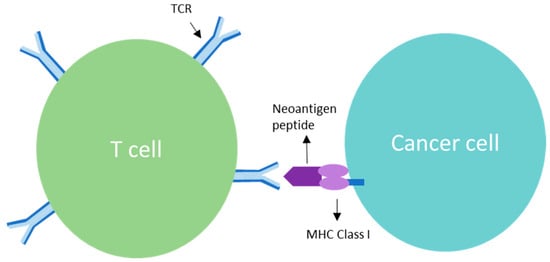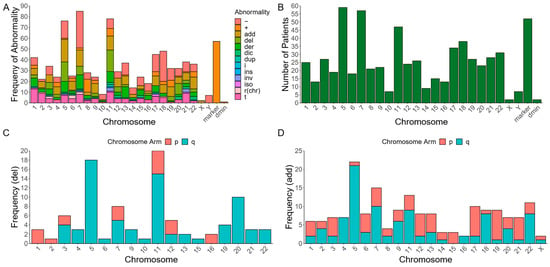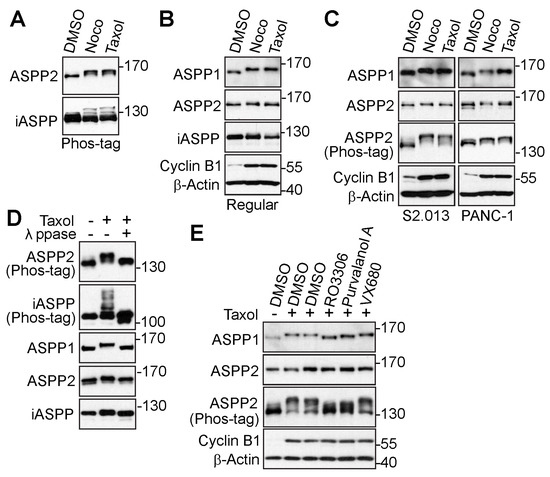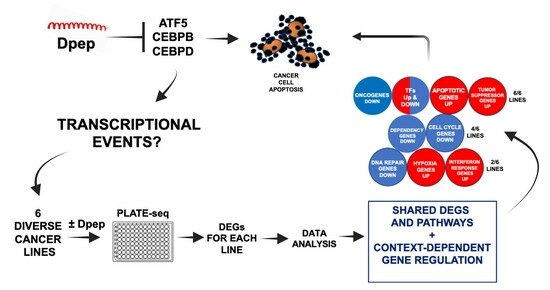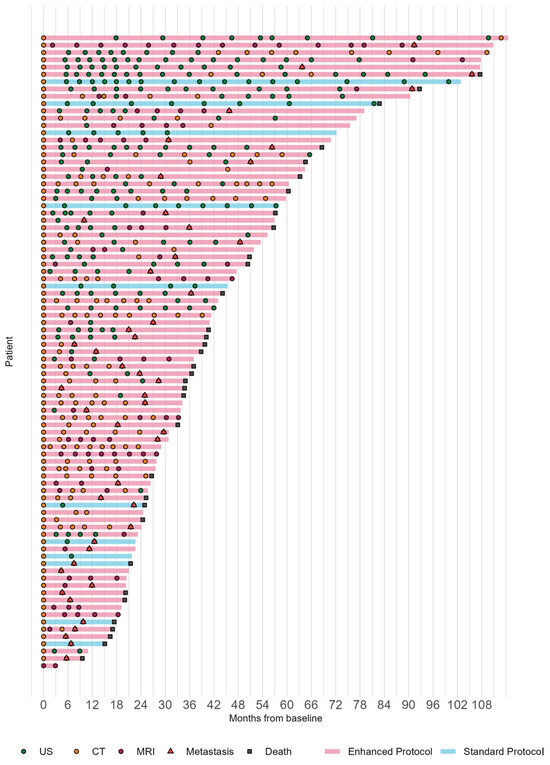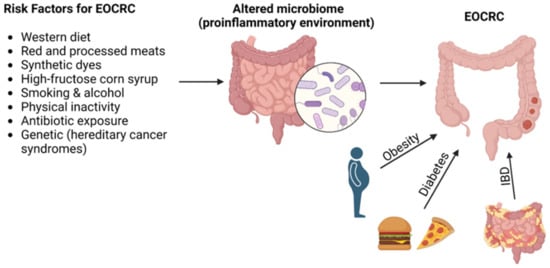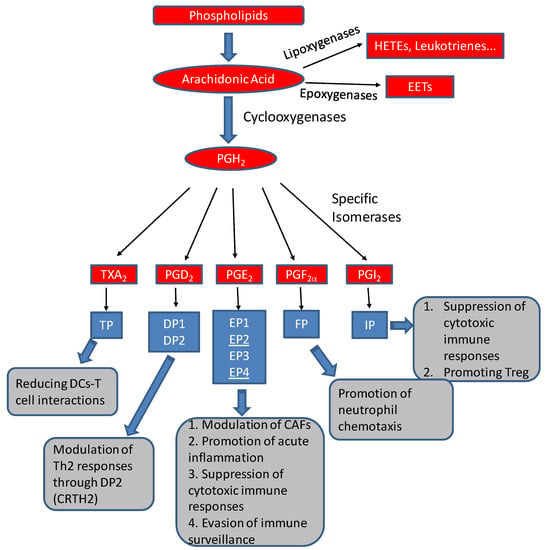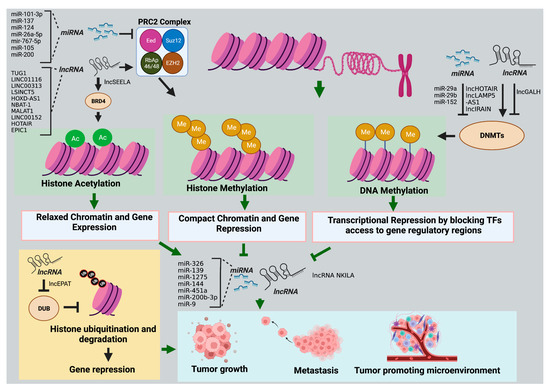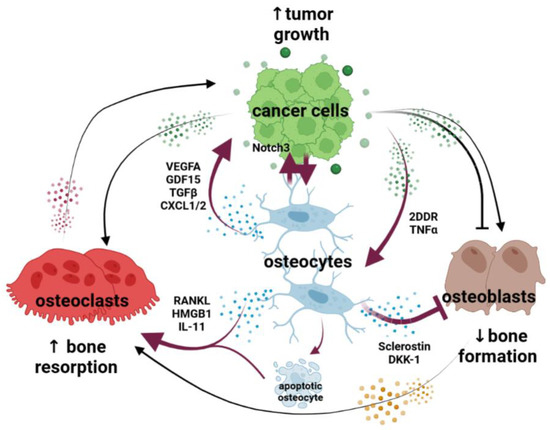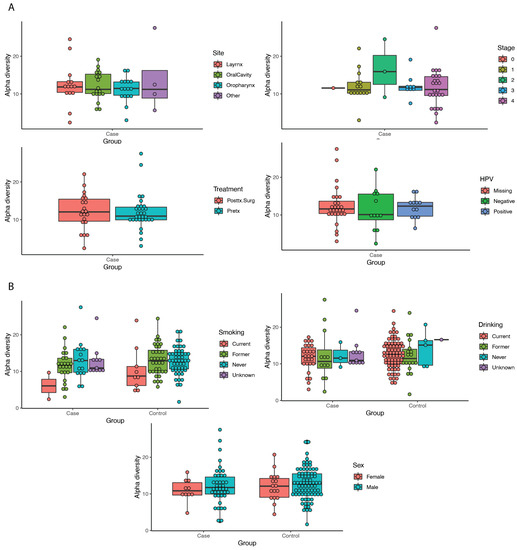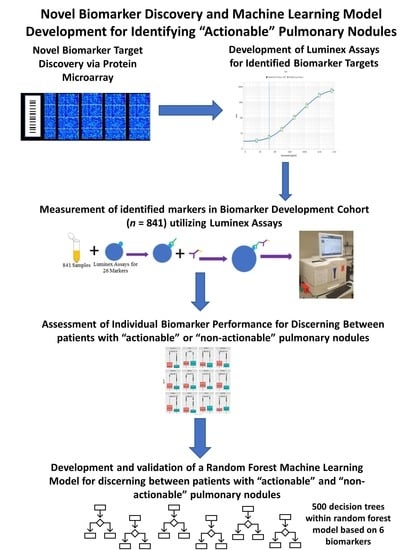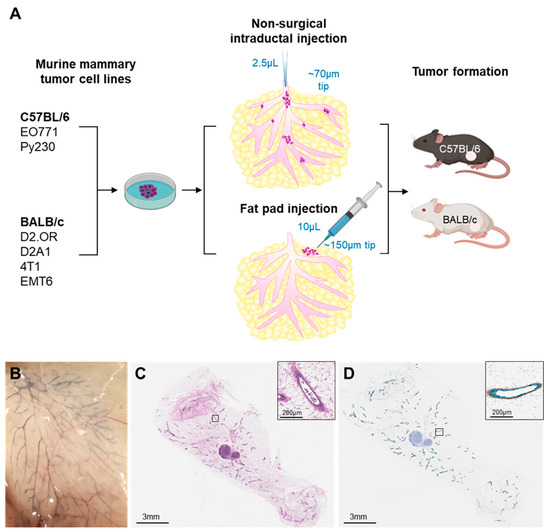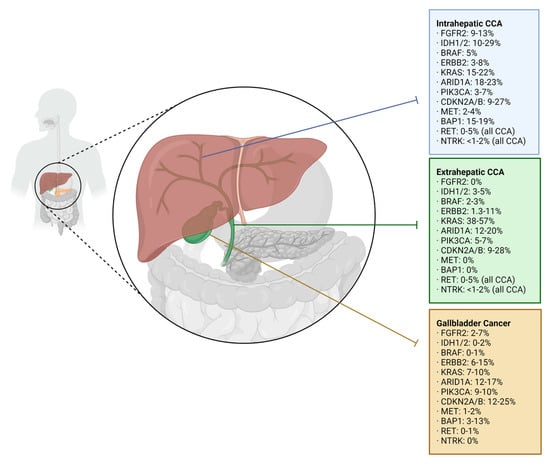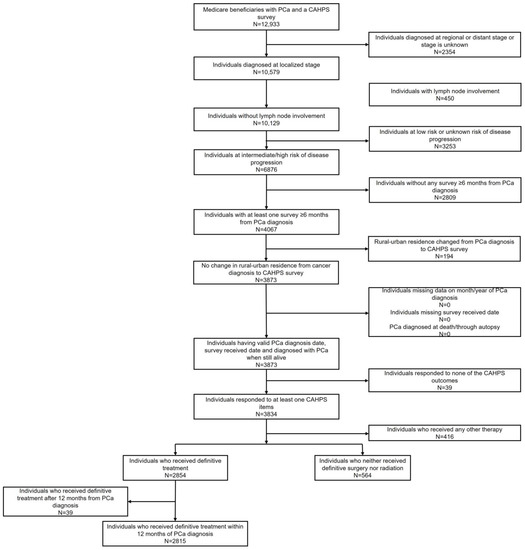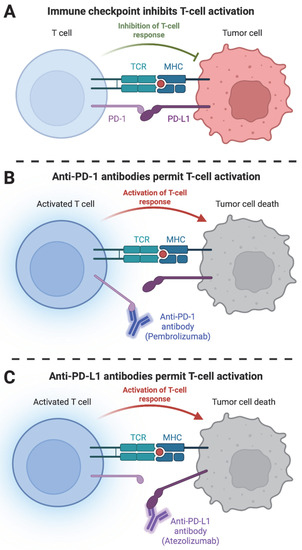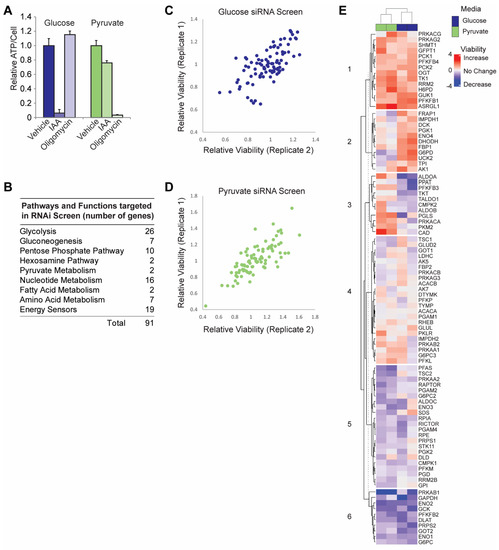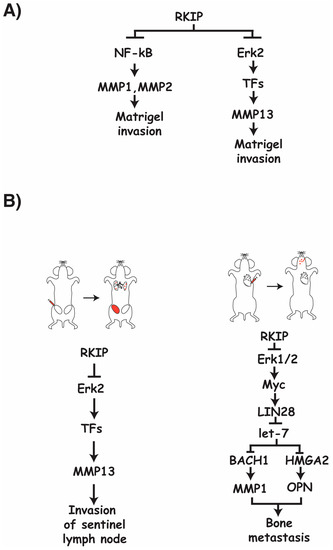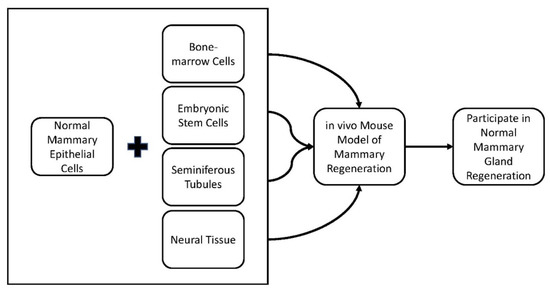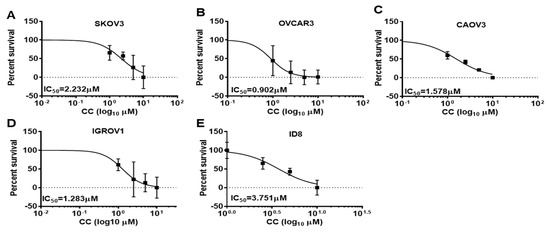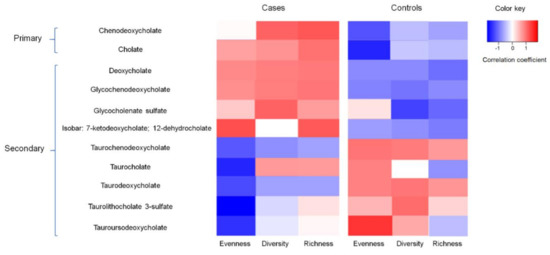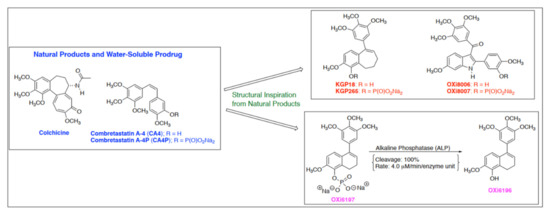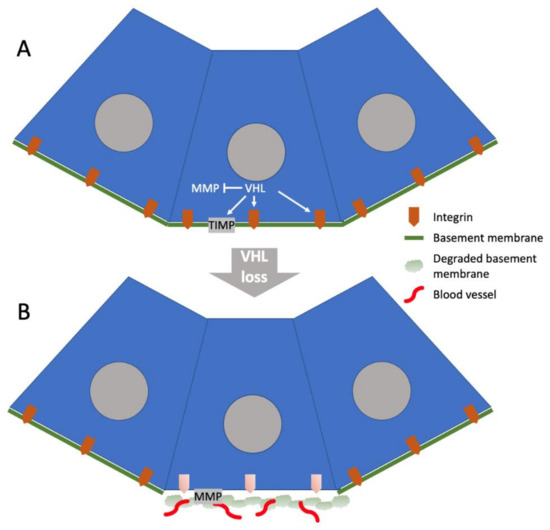Oncology: State-of-the-Art Research in the USA
A topical collection in Cancers (ISSN 2072-6694). This collection belongs to the section "Cancer Therapy".
Viewed by 77429Editors
Interests: myeloid malignancies; bone marrow failure syndromes; RNA splicing
Special Issues, Collections and Topics in MDPI journals
Interests: pancreatic cancer; hepatocellular carcinoma; biliary tract carcinoma; colon cancer; precision oncology; liquid biopsy; molecular profiling; immunotherapy; cancer biomarkers; targeted therapy
Special Issues, Collections and Topics in MDPI journals
Interests: lung cancer; biomarkers; cancer cachexia; immunotherapy; recurrence; lung cancer screening; early detection; EMT; proteomics; biobanking
Topical Collection Information
Dear Colleagues,
Among many other countries, the USA is at the forefront of cancer research. There are commitments from stakeholders from academic institutions, health service organizations, industries, funding bodies and public and patient advocacy groups to support research into all types of cancer. We have a unique National Health Service, which emphasizes the needs of everyone and is free at the point of delivery. It believes that integrating research into the health service organization will improve outcomes and transform cancer care.
In this Special Issue, we aim to showcase state-of-the-art research in oncology in the USA. We invite submissions looking at all kinds of research covering all cancer types and stages, from basic laboratory research to translational and clinical research, including cohort studies, randomized controlled trials and epidemiological studies. Narrated reviews describing the history and significant contributions of cancer research in the USA are also welcomed.
Dr. Valeria Visconte
Dr. Nelson S. Yee
Dr. Jeffrey A. Borgia
Dr. Eakaterina Semenova
Guest Editors
Manuscript Submission Information
Manuscripts should be submitted online at www.mdpi.com by registering and logging in to this website. Once you are registered, click here to go to the submission form. Manuscripts can be submitted until the deadline. All submissions that pass pre-check are peer-reviewed. Accepted papers will be published continuously in the journal (as soon as accepted) and will be listed together on the collection website. Research articles, review articles as well as communications are invited. For planned papers, a title and short abstract (about 100 words) can be sent to the Editorial Office for announcement on this website.
Submitted manuscripts should not have been published previously, nor be under consideration for publication elsewhere (except conference proceedings papers). All manuscripts are thoroughly refereed through a single-blind peer-review process. A guide for authors and other relevant information for submission of manuscripts is available on the Instructions for Authors page. Cancers is an international peer-reviewed open access semimonthly journal published by MDPI.
Please visit the Instructions for Authors page before submitting a manuscript. The Article Processing Charge (APC) for publication in this open access journal is 2900 CHF (Swiss Francs). Submitted papers should be well formatted and use good English. Authors may use MDPI's English editing service prior to publication or during author revisions.
Keywords
- cancer
- oncology
- research
- USA






















